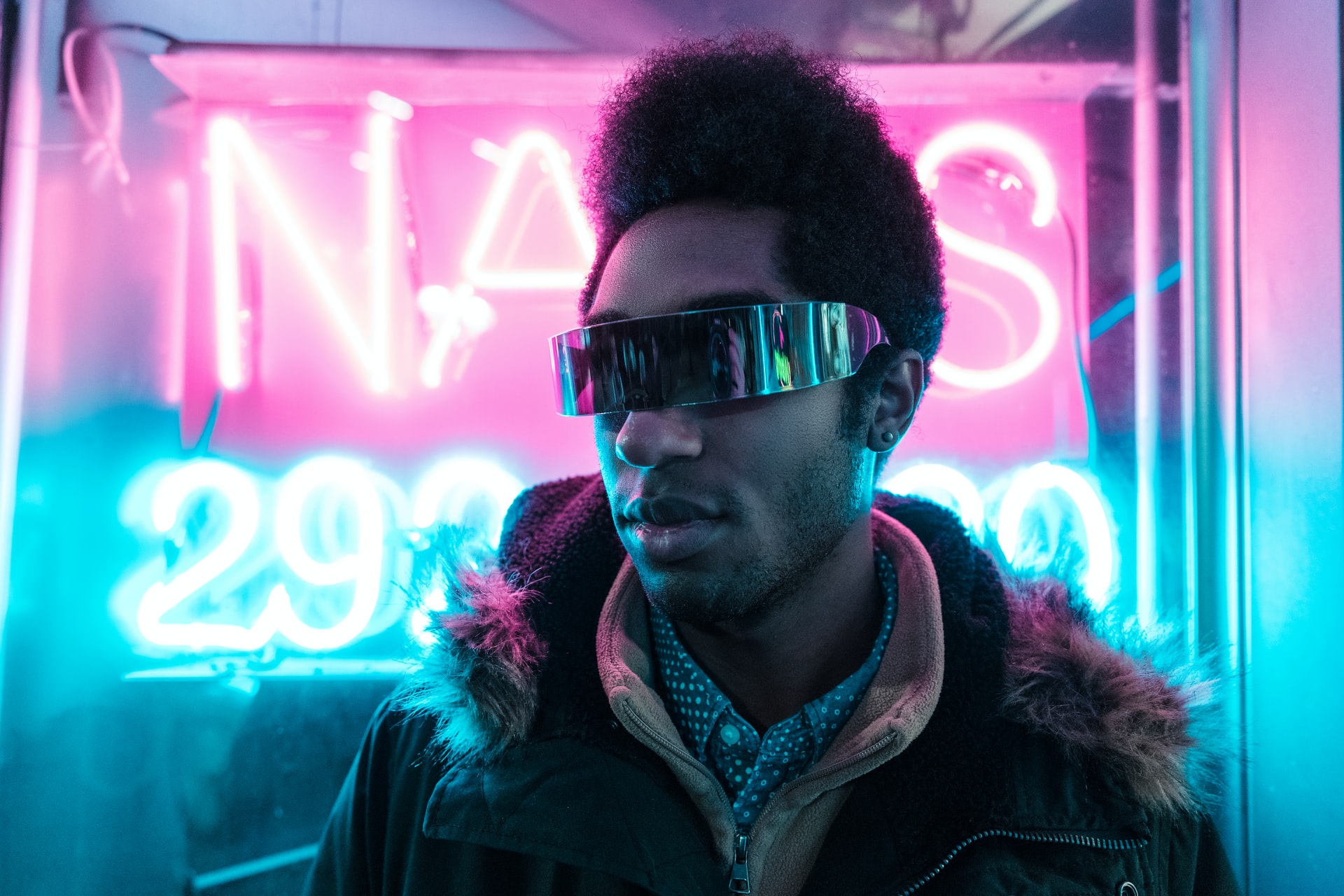
Upon weighing the pros and cons of digital fashion, Life&Style Writer Zuleika H remains skeptical of its merits
For most of us, clothes shopping has always been inextricable from the notion of being able to wear our purchases. Its importance is difficult to overstate. The knowledge that we will wear something, and therefore our corresponding preferences for fit, style, colour, and texture, factor into whether we click ‘checkout’ or hand over cash. The rise of the digital clothing industry aims to disrupt this– to fundamentally reconfigure our relationship with dressing ourselves and our buying habits, by proposing virtual clothing as a viable alternative.
But is virtual fashion anything more than a glorified extension of Instagram or Snapchat filters, one that can come with extortionate price tags? Or, having been banished to the realm of online dress-up games or avatar customisation in video games, is it time for digital clothing to enjoy mainstream attention?
Companies like The Fabricant, Carlings, and Abasi Rosborough that have profited from the creation and trade of virtual clothing in the last few years, largely through the release of high-profile limited edition collections and collaborations with video game companies (such as Fortnite, which earns millions per month via the sale of skins), or luxury designers (see the Moschino x The Sims capsule collection), deliver sleek elevator pitches regarding the mass appeal of boundary-transcending and waste-reducing potential of digital garments, but they’re not entirely convincing.
Unless the immersion of the context surrounding virtual clothing vastly improves […] it is difficult to see virtual clothing becoming truly mainstream
Unless the immersion of the context surrounding virtual clothing vastly improves, for example, the acquisition of digital clothing is in some way gamified in a multi-player context, or events of significance in the real world migrate to an accessible virtual reality environment (think sporting events, balls or even conferences) that place the richness and community of human interaction at its centre, it is difficult to see virtual clothing becoming truly mainstream. For a lot of fellow clothing fanatics, the tactility of the experience of trying on clothes, be it feeling the sumptuous smoothness of a velvet blazer, the pleasing coarseness of sequins or the heavenly softness of a cashmere-wool blend scarf, would be irreplaceable. Pending such sophisticated developments, alternative uses of the tool, such as fashion designers digitally testing the fit of prototypes on various body types, online clothing retailers allowing potential customers to try on the garment via digital avatars, or even brick-and-mortar shops incorporating displays of virtual clothing to promote real-life counterparts as part of more sophisticated visual merchandising efforts, seem more plausible.
We are surely beyond the point of paying for clothing to be photoshopped on our photos experimentally and calling it an exploration of identity
On a societal level, we are surely beyond the point of paying for clothing to be photoshopped on our photos experimentally and calling it an exploration of identity. If online shopping offers the possibility of browsing for any shape, colour and texture of garment and acquiring it the next day, why restrict yourself to having virtual clothing painted on a photo of you? The democratisation effect of the internet, in terms of affording exposure to independent, avant-garde brands or the work of minority designers with important voices, combined with an era where diversity of aesthetic expression is admired, examined and celebrated (see the Youtube channels The Unknown Vlogs and Not So Blonde), further makes the appeal of virtual clothing baffling. Admittedly the cost of unique clothing can be prohibitive, and receptivity to alternative outfits might be higher in fashion-forward hotspots like New York or Tokyo than in Northampton or Redditch, so perhaps this is where virtual clothing can shine.
The ascension of digital clothing has been supported by the rise of NFTs (non-fungible tokens), a technology that allows limited edition or exclusive digital assets (i.e. virtual clothing) to be monetised and traded, but this only highlights the appeal of virtual clothing as an activity for the wealthy or niche collectors.
On a more serious note, such a service has potentially sinister implications, particularly for women, who could see themselves becoming victims to particularly revealing or provocative clothes being photoshopped on their bodies without their consent, for gratuitous male consumption. Although blockchain technology somewhat mitigates the risk of this by only allowing the true owner of the image to post it to social media, this remains a dangerous possibility.
As an approach to eco-fashion, virtual clothing is questionable because it does not address the psychology behind overconsumption, the major catalyst to fast fashion
As an approach to eco-fashion, virtual clothing is questionable because it does not address the psychology behind overconsumption, the major catalyst to fast fashion. Virtual clothing might be more affordable compared to ethically and environmentally friendly clothes (though in some instances it certainly is not, as evident in the case of the £7500 virtual dress), but could a wardrobe of digital clothes or an album of photoshopped pictures truly satiate? The material fantasies sold to us by magazines and influencers are multilayered, and virtual clothing, at least in its current form, only fulfils the desire to be seen fulfilling these fantasies, rather than providing a meaningful experience of fulfilling them.
In short, the pandemic may have made us think twice for a moment, but virtual fashion belongs to a category largely divorced from tangible clothing, one where technology, advertising, internet culture, and eco-conscious tentatively and blurrily intersect. In as yet unmanifested contexts, it has spectacular potential, but it is yet to be realised, and the present endeavours of fashion and technology giants to entice fall flat.
Read more from Life&Style:
A Love Letter to the MET Gala– Past, Present and Predictions
Hypocritical Reactions: Why Lil Nas X v Tony Hawk is About More Than Just Branding
Comments